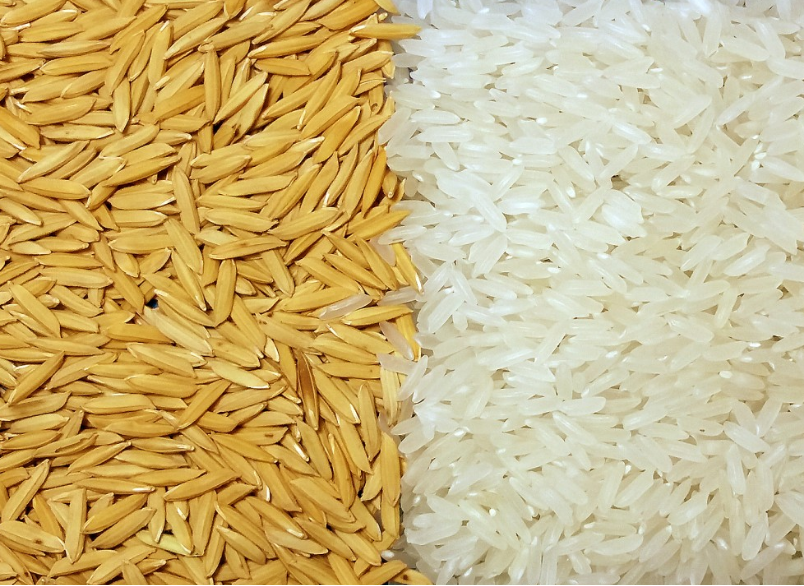
It is very important for the rice production chain to establish quality concepts that result in the protection of the final consumer, ensuring in this relationship of consumption a supply of healthy products with proven quality. The quality standards of rice offered as human food in most countries are established through a regulation, an Official Technical Classification Regulation of the product to be consumed. We have linked to this scenario the homologated classification services and inspection of the final product. The rice consumer at the end of the chain receives the final product, selected, packaged, labeled and probably supervised, with the minimum guarantees established by the country's regulations. There are differences in standards, but all methods of analysis and evaluation of the Final Product have in common Consumer Protection and Food Safety.
In the case of rice, the product offered in the consumer market must follow the rules that establish the consumption standards. The product must be in accordance with one of the standards established in the regulations, for example, regarding the dimensional class, percentage of broken, fermented, musty, burnt, bitten, variety mix, chalky, chalky center, etc. Thus a primary value system is established in accordance with the framing of the Final Product in the classification determined by the technical regulations.
Industrial Yield
The paddy rice in order to become Final Product goes its way in the production chain. It begins with the choice of varieties to be grown by the producer who will supply their production to the industry. The choice of variety is based on a value expectation that involves material quality, productivity and costs. The industry, when receiving the material from the producer must collect a representative sample and analyze it to know the Industrial Yield of the incoming material. Industrial yield will be one of the parameters for valuing the material. There are other important post-industrialization aspects that should be taken into consideration in order to set the value of rice, such as cooking, flavor and aroma. I will focus on Industrial Yield to compare methods and concepts of rice physical analysis in two instances of the chain: Final Product and Entering Product (raw material for the rice industry).
- The Final Product is a finished material that has already gone through industrialization and must meet consumption standards. The Entering Product in the industry, is a material that is generally marketed as paddy and requires proof of Industrial Yield. The method is based on simulating (predicting) in the laboratory the grain behavior in the industrial flow. For example, the production of vitreous whole grains, broken grains, chalky grains, center chalky, color defects, poorly polished grains, impurities, etc. There are some lab tools for the rice available in the market that were specifically developed with this aim.
- For the Final Product with vitreous characteristics, the occurrence of chalky characteristic grains is a worse defect than the presence of center chalky grains. In the evaluation of the Entering Product with vitreous characteristics, the opposite happens, the center chalky grains is a worse industrial defect than the chalky characteristic. Due to the difficulty of industrial selection, the center chalky grains will not only "drag" many vitreous grains into the waste, but also slow down the industrial flow. In this case, the Industrial Yield will drastically drop if the goal of industrialization is a vitreous Final Product.
- A variety of rice that requires more or less polishing time than “usual”, although it may result in a quality final product in isolation, it may also have its Industrial Yield value reduced by the lack of "adjustment" in storage logistics and in the industrial flow.
- Not all companies have variety control in storage. For parboiled rice, a variety that has very different gelatinization time than "usual" may result in an excellent parboiled Final Product in isolation, but as an Entering Product may have its Industrial Yield reduced if stored and processed along with other varieties.
We conclude that there is a difference of purpose in the evaluation of rice according to the phase it occupies in the production chain. Evaluating the quality of the Final Product, has a distinct purpose than evaluating of the Entering Product in the Rice Industry.
Alberto Takeshi - expert in rice digital physical analysis
